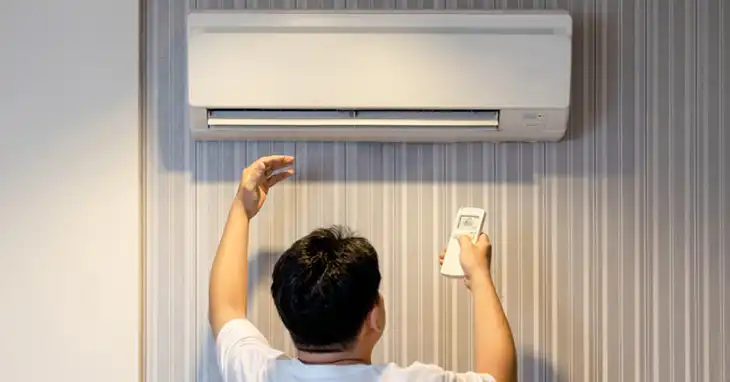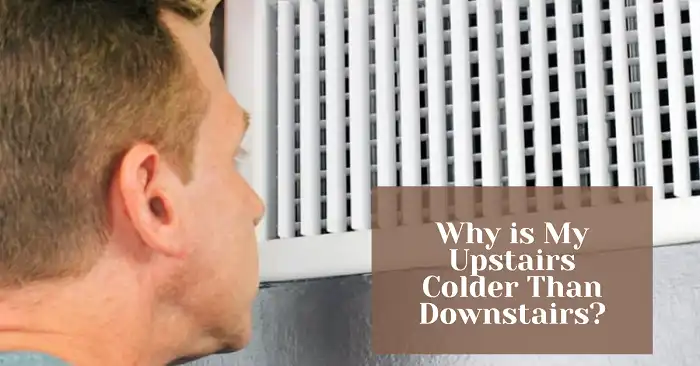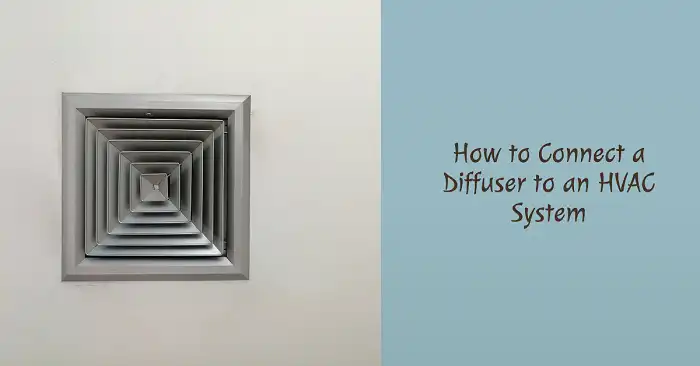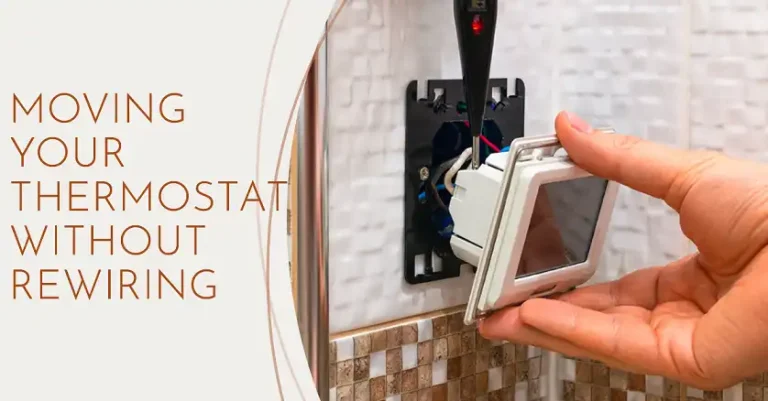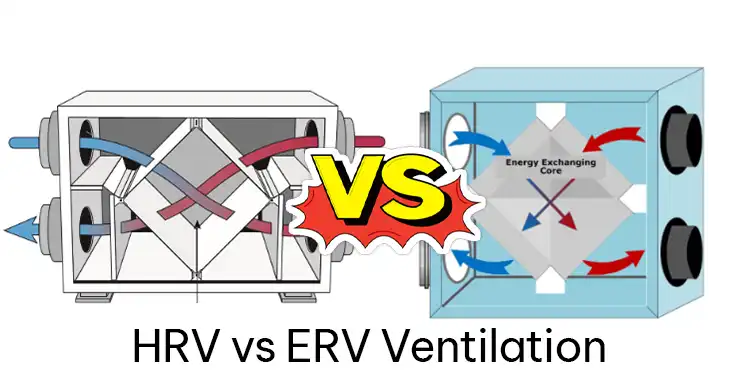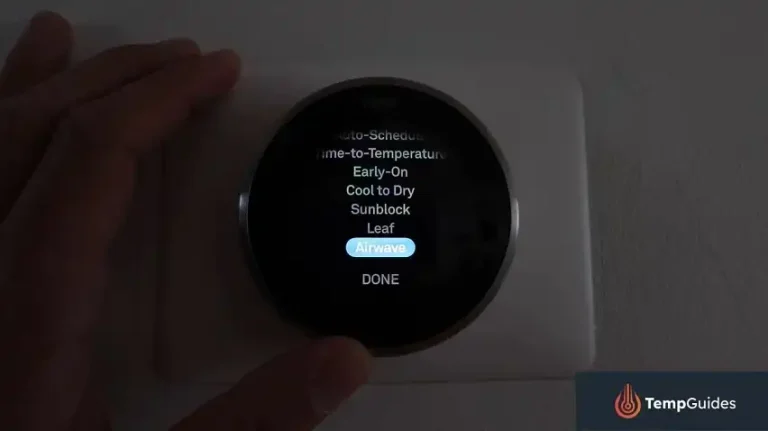How to Manually Open an Electronic Expansion Valve
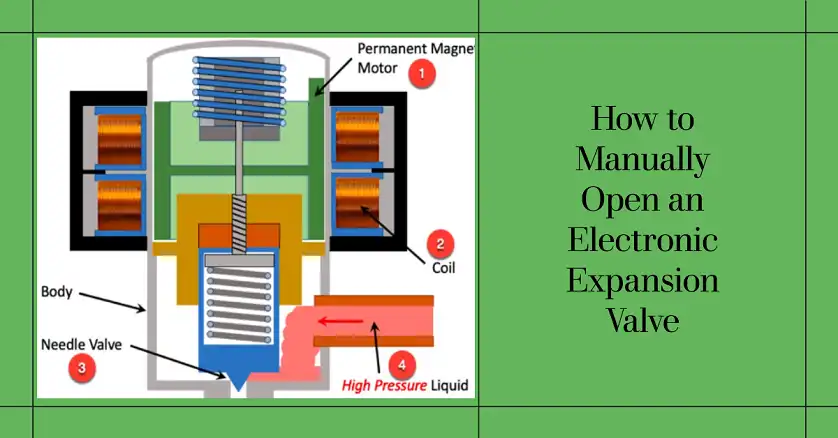
Electronic expansion valves (EEVs) are crucial components in modern refrigeration and HVAC systems, offering precise control over refrigerant flow. However, in situations where power failure occurs or the valve malfunctions, knowing how to manually open an EEV becomes essential for maintaining system function and preventing potential damage.
The process of manually opening an electronic expansion valve involves several key steps. First, ensure all safety precautions are in place. Next, locate and identify the EEV within the system. Once found, disconnect the power to the valve to prevent accidental operation. Then, access the manual override mechanism, which allows for physical manipulation of the valve. Carefully rotate the valve to open it, and finally, verify that it’s functioning correctly.
This article will walk you through each of these steps in detail, providing you with the knowledge and confidence to handle this critical procedure when necessary.
Understanding EEV Components and Functions
To effectively operate an EEV manually, it’s important to understand its key components. The solenoid coil is the heart of the EEV’s electrical operation. It typically operates on 12-24V DC and generates a magnetic field to control the valve’s position. The pinion and gear are mechanical components that convert the electrical energy from the solenoid into precise mechanical movement, allowing for fine control of the valve opening. The needle valve is the actual flow control mechanism. Its position determines the amount of refrigerant that can pass through the valve.
How to Locate and Prepare the EEV
Electronic expansion valves are typically located between the condenser and evaporator in a refrigeration system. In most residential systems, you’ll find the EEV near the indoor evaporator coil. To prepare for manual operation, first identify the EEV using your system’s schematic diagram. Once located, safely disconnect power to the EEV. This usually involves turning off the circuit breaker that supplies power to the HVAC system. Use a multimeter to confirm that no voltage is present at the EEV terminals. Finally, locate the manual override mechanism, which may be a small port or slot on the valve body.
How to Manually Open an EEV
There are three primary methods for manually opening an EEV. The first method involves using an EEV controller, if available. This offers the most precise control. To use the controller, connect it to the EEV following manufacturer instructions. Set the controller to manual mode, then gradually increase the opening percentage. Most EEVs have 480-500 steps from fully closed to fully open.
The second method is direct stepper motor manipulation, which is useful for systems without a dedicated controller. To employ this method, locate the motor wires (typically 4 or 5 wires). Apply a low voltage (usually 5-12V DC) to the appropriate wire pairs to move the motor step by step. Count the steps to ensure proper opening. A typical full opening requires about 500 steps.
The third method is the emergency manual override. This should be used as a last resort. To perform this override, locate the manual override mechanism, which is often under a protective cap. Use the appropriate tool (often a flathead screwdriver) to rotate the valve. Turn clockwise to open the valve. One full rotation is typically equivalent to 50-100 steps.
How to Verify That The EEV is Functioning Properly
After manually opening the EEV, it’s crucial to verify that it’s functioning correctly. First, check for proper refrigerant flow by listening for a slight hissing sound. Next, monitor system pressures using gauges. The suction pressure should increase as the valve opens. Observe temperature changes as well. The evaporator outlet temperature should decrease as refrigerant flow increases.
A properly functioning EEV should result in a superheat of 5-10°F (2.8-5.6°C) at the evaporator outlet under normal operating conditions.
Troubleshooting Common EEV Issues
When manually operating an EEV, you may encounter several issues. If the valve won’t open, first check for physical obstructions in the valve body. Verify that the manual override mechanism isn’t damaged. If using direct manipulation, ensure the stepper motor isn’t seized.
In cases where the valve won’t close, check for debris preventing proper seating of the needle valve. Verify that the return spring (if present) isn’t damaged. Ensure the manual override hasn’t been left in the open position.
For a leaking EEV, start by tightening all connections to the manufacturer’s specified torque (typically 10-15 ft-lbs for flare connections). Check for damaged O-rings or seals and replace if necessary. If leaks persist, the valve body may need replacement.
Frequently Asked Questions
Can you manually open an EEV?
Yes, you can manually open an electronic expansion valve (EEV). This is often necessary during maintenance, troubleshooting, or in case of power failure. The process typically involves using a manual override mechanism or directly manipulating the stepper motor. However, it’s crucial to follow proper safety procedures and manufacturer guidelines when doing so.
What is the electronic expansion valve opening?
The electronic expansion valve opening refers to the degree to which the valve’s needle or pin is retracted from its seat, allowing refrigerant to flow through. This opening is typically measured in steps or percentages. A fully closed EEV is at 0% or 0 steps, while a fully open EEV might be at 100% or around 500 steps, depending on the specific model.
How many steps does an EEV have?
The number of steps in an EEV can vary depending on the manufacturer and model. However, most EEVs have between 480 to 500 steps from fully closed to fully open. Some high-precision models may have up to 2000 steps for more granular control. It’s important to consult the specific valve’s documentation for accurate step count information.
Bottom Line
Manually opening an electronic expansion valve is a critical skill for HVAC technicians and facility managers. By following the steps outlined in this guide and prioritizing safety, you can effectively manage EEV issues and maintain system operation during power failures or malfunctions. Remember, while manual operation is a valuable temporary solution, it’s essential to address the root cause of any EEV malfunction promptly. Regular maintenance, proper training, and adherence to manufacturer guidelines are key to ensuring the longevity and efficiency of your refrigeration system. For those interested in deepening their knowledge, consider pursuing advanced HVAC certifications or attending manufacturer-specific training on electronic expansion valve operation and troubleshooting.

